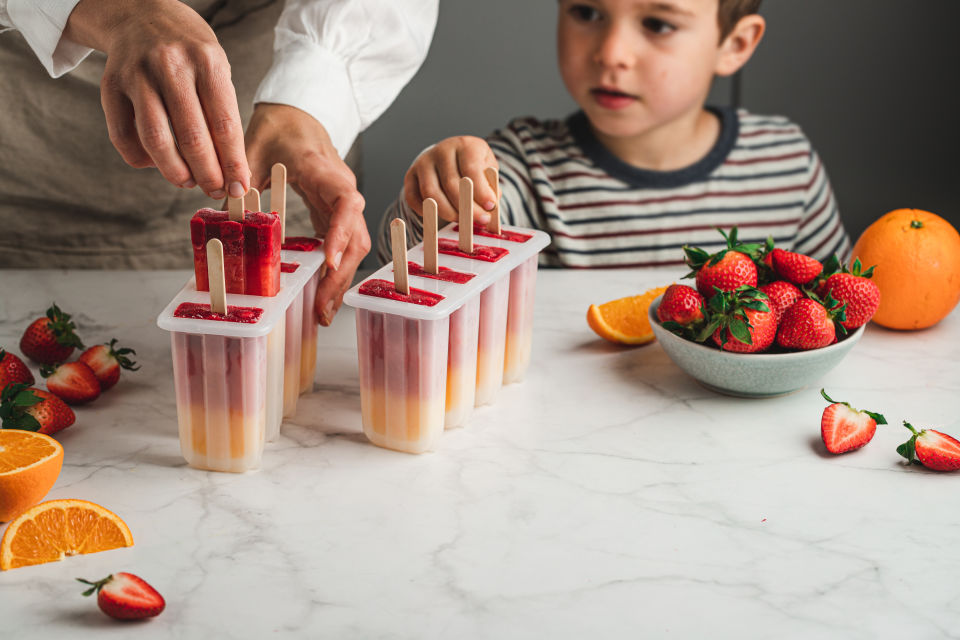If you’ve ever prepared a meal for your child only to be met with tears and tantrums, you’re not alone. Picky eating is common among toddlers and preschoolers. But with some patience, planning, and creativity, you can help them overcome their picky eating.

Eating nutritious, balanced meals is so important for your child’s growth and development. But picky eating can quickly derail mealtimes, leading to frustration and even tantrums. Often, picky eating is a power struggle between independent children and their caregiver. Children also crave things that are familiar and routine, so introducing new foods might be difficult for them.
The following tips can help you create a better balance with your child and lessen picky eating over time:
If your child often says they’re not hungry at mealtime, you can try smaller, more frequent meals. Little ones have little tummies, so they might not be very hungry at given mealtimes. Forcing children to eat when they aren’t hungry can lead to anxiety and frustration around eating. Try providing smaller meals throughout the day, like carrot sticks, whole wheat crackers, grapes, string cheese, or other fruits and vegetables to ensure they’re getting the nutrients they need while respecting their appetites.
Establish routines around eating by setting specific times for snacks and meals. Knowing what to expect can help your child feel more in control of mealtime, which can help balance out power struggles. Plus, creating snack times gives your child multiple times throughout the day to eat nutritious foods. Even if your child isn’t hungry during one of the established mealtimes, they still have other opportunities to eat.
Avoid sugary juices, milk, or other filling beverages throughout the day. These drinks can make your child feel full, even though they haven’t gotten the nutrients they need. Instead, offer water between mealtimes. If your child is used to other drinks, you can dilute them with water and continue adding more water over time.
Encourage your child to try what you’ve made, rather than creating something separate for them. Preparing separate meals for your child can reinforce picky eating. Instead, talk about how delicious the meal is to spark their interest, and encourage them to try at least a couple bites. If you’re introducing a new food, also include foods with the meal that you know your child likes. Too many new foods at once might feel overwhelming for your little one.
Bring your child to the grocery store, and let them help you select fruits and vegetables they’re willing to try. Consider letting them help you with preparing their food for the day, which can give them the feeling that they’re in control of their meals. If possible, offer them a choice between two different snack options to empower their independence.
During mealtimes, limit distractions, and focus only on eating. Children can quickly get absorbed in TV shows, iPad games, and more, distracting them from their food. When possible, give them a five-minute warning when it’s almost time to eat—you can even set a timer so your child knows how much playtime is left. When it’s time to eat, turn off all devices. This is also a great opportunity to talk to your child, ask them questions, and give them your full attention.
Sometimes it all comes down to presentation for our little ones. Time to get creative! Try cutting foods into different kid-friendly shapes. Making a quick heart in their sandwich might take a few extra minutes, but it could be the difference between a happy eater and a picky one. Keep the plate colorful with different vegetables and fruits.
Interested in quick, healthy recipe ideas? Download our free cookbook, full of nutritious meals that children love.






